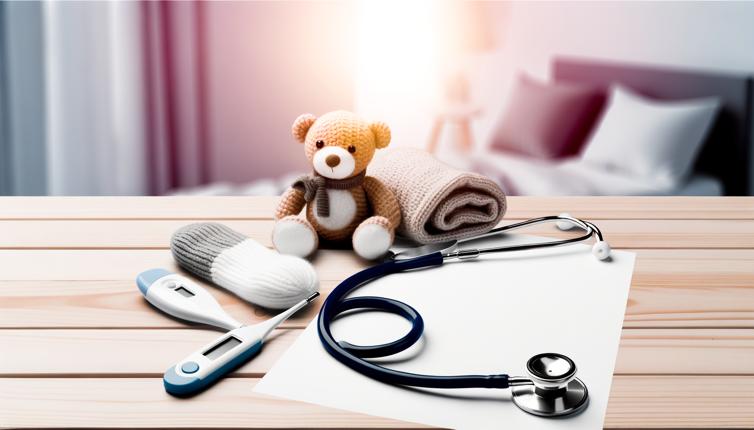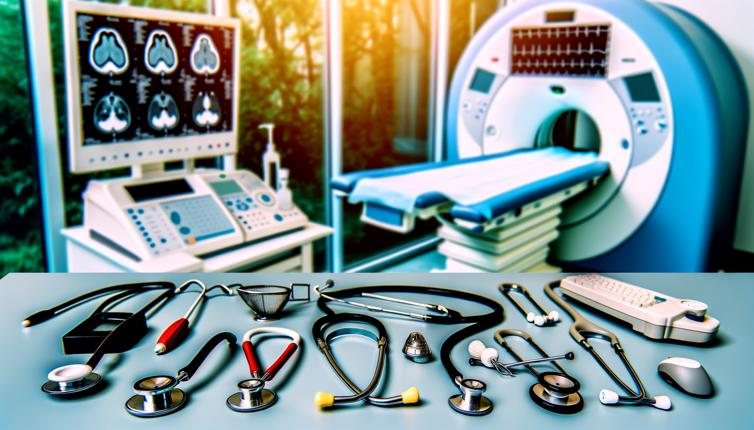Choosing the Right Medical Devices and Equipment
When it comes to your child's health, having the right medical devices and equipment is essential. Whether it's a nebulizer for asthma, a glucose meter for diabetes, or a wheelchair for mobility, finding the best options for your child can ensure their well-being and quality of life. Here are some factors to consider when choosing medical devices and equipment for your child:,1. Age and Developmental Stage: Consider your child's age and developmental stage when selecting medical devices. Infants and toddlers require specialized equipment that is safe and appropriate for their size and developmental needs.,2. Specific Condition or Diagnosis: Different medical conditions require different devices and equipment. Consult with your child's healthcare provider to understand their specific needs and to determine which devices are most suitable.,3. Ease of Use and Portability: Look for devices that are easy to use and transport. This is particularly important for devices that need to be used daily or on the go.,4. Safety Features: Check that the devices you choose have safety features in place to protect your child. This may include childproof locks, adjustable settings, or alarms.,5. Insurance Coverage: Before purchasing any equipment, check with your insurance provider to understand what is covered. Some devices may require pre-authorization or have specific coverage requirements.,Remember to involve your child in the decision-making process when appropriate. Their comfort and involvement can help them feel more empowered and confident with their medical devices and equipment.
Maintaining and Caring for Medical Devices and Equipment
Once you have chosen the right medical devices and equipment for your child, it's important to properly maintain and care for them. Here are some tips to ensure their longevity and functionality:,1. Follow Manufacturer's Instructions: Always follow the manufacturer's instructions for proper use, cleaning, and maintenance.,2. Regular Cleaning: Keep devices clean and free from dirt and debris. Use appropriate cleaning solutions and follow recommended cleaning schedules.,3. Check for Wear and Tear: Regularly inspect devices for any signs of wear and tear. Replace any damaged or worn-out parts as necessary.,4. Store Properly: Store devices in a safe and dry location, away from extreme temperatures and moisture.,5. Keep Batteries Charged: If devices require batteries, make sure to keep them charged or replace them when needed.,6. Schedule Regular Maintenance: Some devices may require periodic maintenance or calibration. Follow the recommended maintenance schedule or consult with the manufacturer or healthcare provider.,By following these maintenance and care guidelines, you can ensure that your child's medical devices and equipment remain in good working condition and provide the necessary support for their health.
Common Medical Devices and Equipment for Children
There are various types of medical devices and equipment that are commonly used for children. Here are some examples:,- Inhalers and Nebulizers: These are used to deliver respiratory medications to treat conditions like asthma.,- Insulin Pumps and Glucose Meters: These are used by children with diabetes to monitor blood sugar levels and administer insulin.,- Wheelchairs and Mobility Aids: These provide mobility support for children with physical disabilities or injuries.,- Hearing Aids and Cochlear Implants: These assist with hearing and are used by children with hearing impairments.,- Orthotic Devices: These include braces, splints, and other devices used to support or align body parts.,- Feeding Tubes: These are used to deliver nutrition directly into the stomach for children who have difficulty swallowing or require extra nutritional support.,It's important to consult with your child's healthcare provider to determine which medical devices and equipment are necessary for their specific condition and needs.
Conclusion
Choosing the right medical devices and equipment for your child can greatly impact their health and well-being. By considering factors such as age, specific condition, ease of use, and safety features, you can ensure that your child has the best possible support. Proper maintenance and care are also essential for the longevity and functionality of these devices. Remember to consult with your child's healthcare provider for personalized advice and recommendations.








